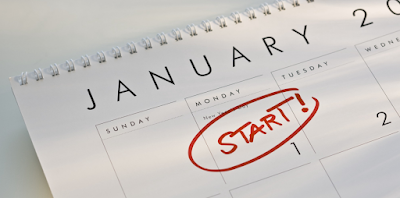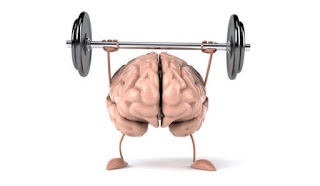While not a panacea exercise can really help reduce inflammation and pain. Exercising muscles directly oppose the pro-inflammatory signal produced by the cytokine Interferon Gamma. This potent inflammatory chemical is an important messenger that is critical for mounting a fast and effective immune response to invading viruses and bacteria. However chronically elevated levels lead to chronic inflammation which can cause tissue damage, swelling and pain. Diseases like rheumatoid arthritis are characterized by this type of damaging chronic inflammation.
When
scientists took an in depth look at muscle cells, they found that exercising
muscle cells produce the same anti-inflammatory effect as two drugs used to
treat rheumatoid arthritis, Tofacitnib and Baricitinib, by blocking a signaling
pathway that is upregulated by interferon gamma.
Exercise not
only can help reduce excess inflammation and associated pain – it also reduces
pain through other powerful mechanisms!
Exercise
and Pain Perception
Exercise not
only reduces pain perception – it also elevates mood and reduces stress and
depression. Stress and depression
are almost always part of chronic pain conditions. Exercise is a powerful tool in the
management of these conditions.
There are multiple
overlapping neuro-chemical mechanisms responsible for the reduction of pain
through exercise. One of these mechanisms
is an increase in the production of endogenous opiates which are the body’s
version of drugs like heroin and morphine.
Exercise can ramp up the production of these powerful pain-relieving chemicals
without the problems associated with drugs! Exercise also causes an increase in opioid
receptors so cells in key of the brain are better able to take in these
endogenous opiates!
In addition,
exercise boosts key neurotransmitters (chemicals used by nerves in the brain
and body to pass signals through the nervous system) including serotonin and norepinepherine. This
process is quite complex and it produces effects akin to tuning the entire nervous
system.
Many people
immediately experience some level of pain relief during and immediately after
exercise through these mechanisms. The
Goldilocks Principle is key here meaning too much exercise too soon or exercise
that is to intense to soon can actually increase pain.
Proper
warm-up and gradual increases in intensity and duration of exercise are key to
get the pain-relieving benefits without exacerbating pain.
Always
seek the advice of your physician before starting any exercise program if you
have a chronic health condition!





